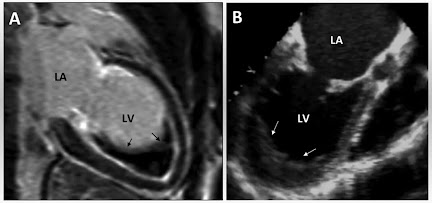Dysenteries
Definition : Diarrhoea with abdominal cramps, tenesmus and mucus in the stool called dysentery.
CLASSIFICATION
- Bacillary dysentery
- Amoebic dysentery
1. BACILLARY DYSENTERY : It is the infection of Shigella species (S. dysenteriae, S. flexnery, S. boydii and S. sonnei).
Etiopathogenesis : Infection of the shigella species occurs by faeco-oral route with contaminated food and water. Infection is seen commonly in poor personal hygiene persons and overcrowding areas. The housefly play a major role in spread the infection.
MORPHOLOGICAL FEATURES
Grossly :
- The lesions are mainly found in the colon sometime in the ilium.
- Superficial transverse ulcerations of mucosa of the bowel wall occurs in the region of lymphoid follicles and perforation maybe seen.
- The intervening mucosa is hyperaemic and oedematous.
- All of these recover completely after acute attack.
Microscopically :
- Mucosa of the lymphoid follicles are necrosed.
- The surrounding mucosa shows congestion, oedema and infiltration by neutrophils and lymphocytes.
- The mucosa may be covered by greyish-yellow pseudomembrane consists of fibrinosuppurative exudate.
 |
| Trophozoites of entamoeba histolytica |
COMPLICATIONS
- Haemorrhage.
- Perforation.
- Stenosis.
- Poly-arthritis.
- Iridocyclitis (inflammation of the iris).
2. AMOEBIC DYSENTERY : It is the infection of Entamoeba Histolytica.
Etiopathogenesis : It is most common in the tropical countries and primarily affects the large intestine. Infection occurs from ingestion of cysts in the form of parasite. The cyst wall is broken in the small intestine from where these free amoeba pass into the large intestine. Here, amoeba invade the epithelium of the mucosa to submucosa and produce ulcers.
 |
| Amoebic ulcers in large intestine |
MORPHOLOGICAL FEATURES
Grossly :
- In early stage - Intestinal lesions appears on the elevated mucosal surface.
- In advance cases - Seen, typical flask-shaped ulcers having narrow neck and broad base. They are more commonly found in caecum, rectum and flexures.
Microscopically :
- Ulcerated area shows chronic inflammatory reaction consisting of lymphocytes, plasma cells, eosinophils and macrophages.
- Trophozoites of entamoeba are seen in the inflammatory exudate.
- Intestinal amoebae have ingested red cells and their cytoplasm.
- Oedema and vascular congestion also found in the surrounding area of ulcer.
COMPLICATIONS
- Amoebic hepatitis or amoebic liver abscess.
- Perforation.
- Haemorrhage.
- Formation of amoeboma ( tumour like mass).
Related Posts -






No comments:
Post a Comment
Please do not enter any spam link in the comment box